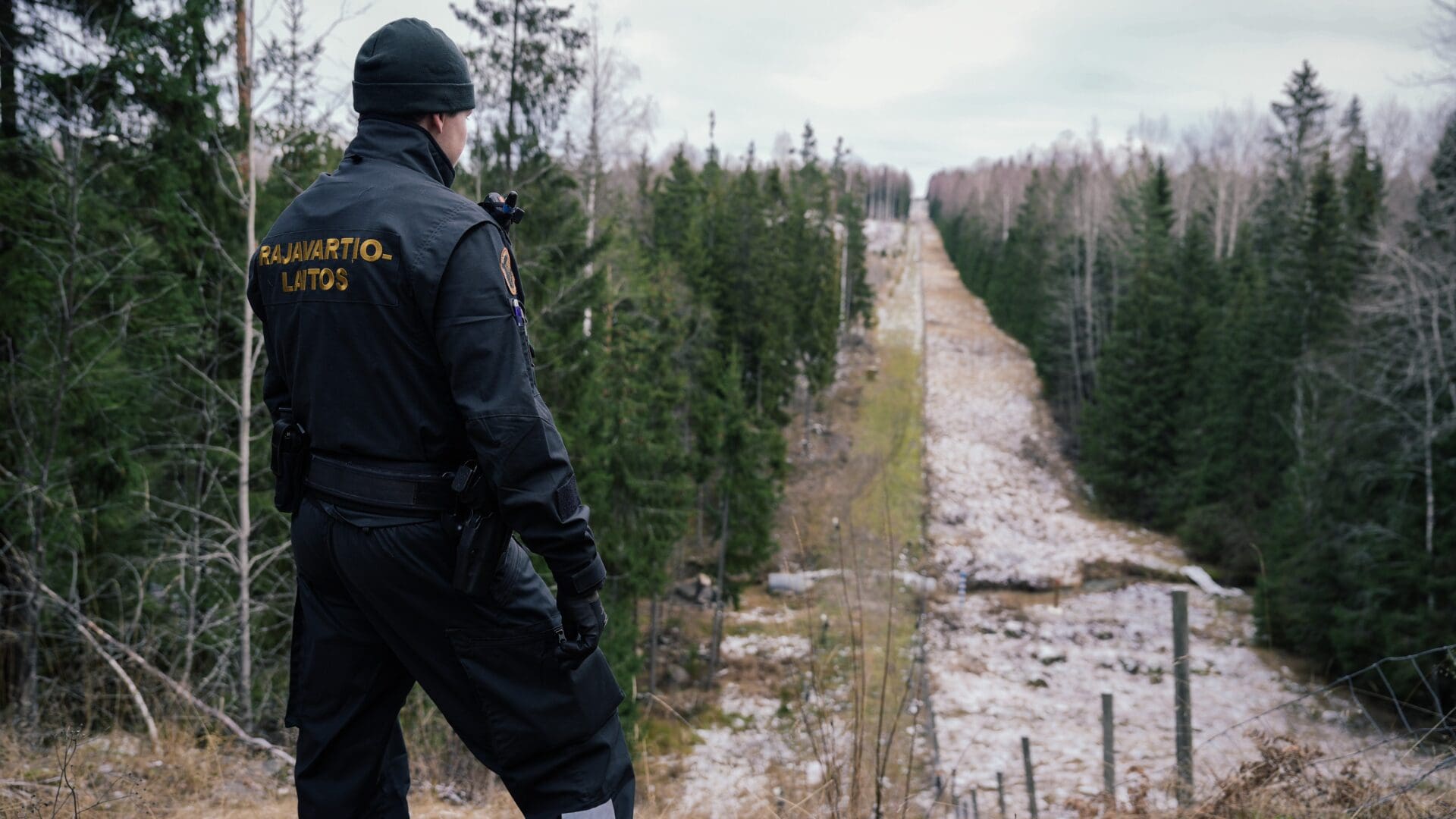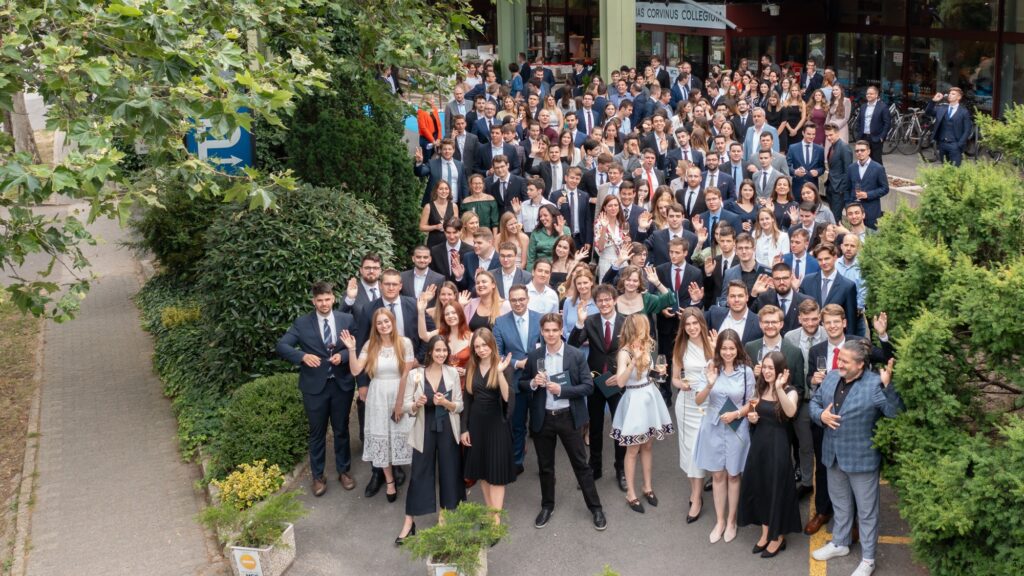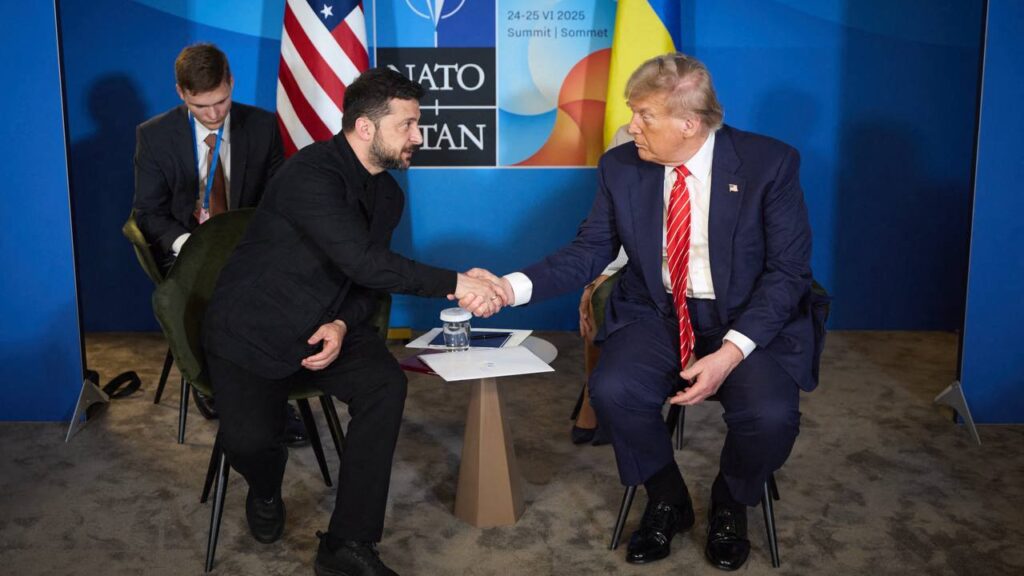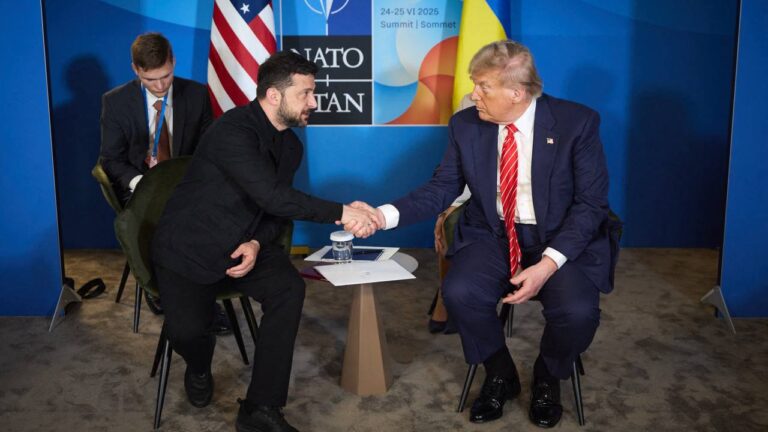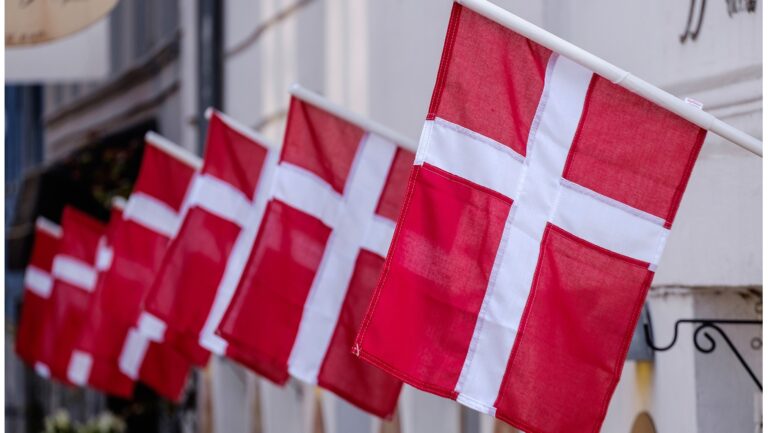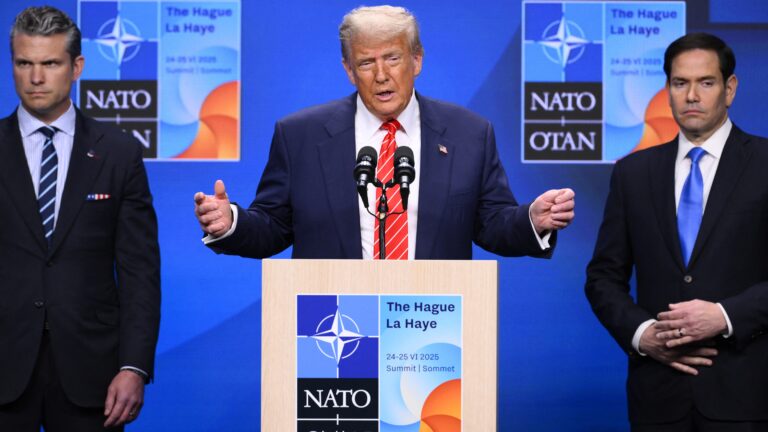Construction works have begun at the Russian-Finnish border. According to the plans, a 200-kilometre-long (125 miles) fence would separate the two states. The Helsinki government claims this is necessary because the administration fears that Moscow would keep its Western neighbour under political pressure by generating migration flows towards the country. Although one can certainly find ‘fence-like’ structures in some sections of the dividing line between the two countries, this only serves the purpose of preventing wildlife from wandering to and forth.
Terrain work began on Tuesday, 28 February. According to the official statement of the Finnish Border Guard (Rajavartiolaitos),
‘Most of the fencing would be located at the southeast border, which is a priority area for border surveillance. In addition, it would also be useful to build barrier fence-type structures at and near the various border crossing points along the eastern border. It is not a sensible option to build a fence that extends along the entire length of the border.’
The construction will take approximately 3–4 years, depending on the funding of the process. If completed, the newly-erected hurdle could help defend Finland for at least 50 years.
The entire project is preceded by a so-called ‘pilot’ phase, meaning the construction of a three-kilometre-long (2 miles) section that will be built in Q1 of 2023. The test section is located directly next to the Border and Coast Guard Academy, thus it can also be used as a test area for advanced surveillance technology. The objective is to complete the pilot phase by the end of Q2 of 2023.
Please note that the 200-kilometre-long section is only a part of the entirety of the Finnish-Russian border running for around 1,300 kilometres (810 miles). Barbed wire will be installed on top of the more than 3-metre-high (10 feet) fence. Moreover, night-vision cameras, reflectors, and loudspeakers will be installed in the most sensitive areas.
The entire project is expected to cost €380 million. Estonia, Latvia and Poland have also increased (or are planning on increasing) security on the borders they share with Russia.
Over the past decades, the number of fences at the EU borders has risen from 0 to 19. Spain was the first to build their barriers in the early 1990s. The objective was to prevent irregular migration into Ceuta and Melilla, two Spanish enclaves in Morocco, Africa. Furthermore, the EU ‘inherited’ two additional fences after the eastward enlargement in 2004: a border fence between Lithuania and Belarus, and a so-called ‘separation barrier’ in Cyprus.
2015 is considered to be a turning point: from that point on, the construction of border fences accelerated in wake of the migration crisis.
As an official document by the European Parliament reads, more recently, tensions at the EU’s eastern borders prompted several member states to fortify their borders with Belarus and Russia.
Here’s a short overview of the fences erected at the EU external edges. France and the United Kingdom (UK) jointly built barriers around the entrance of the Channel Tunnel situated in the French port of Calais. In 2015–2016, the UK funded the construction of a fence 11.5 kilometres (7 miles) in length; by 2021, the fencing covered 65 kilometres (40 miles). After Brexit, the Calais fortification became part of the EU’s external borders.
At the start of the new millennium, Lithuania built a 71.5-km-long barricade at its parts bordering Belarus, which became part of the EU’s external borders after Lithuania’s accession. It was reinforced, then expanded to a length of 502 kilometres (312 miles), most of Lithuania’s land border with Belarus, last year. In the late 2010s, Lithuania also built a 45-kilometre-long (28 miles) fence around Kaliningrad, a Russian exclave.
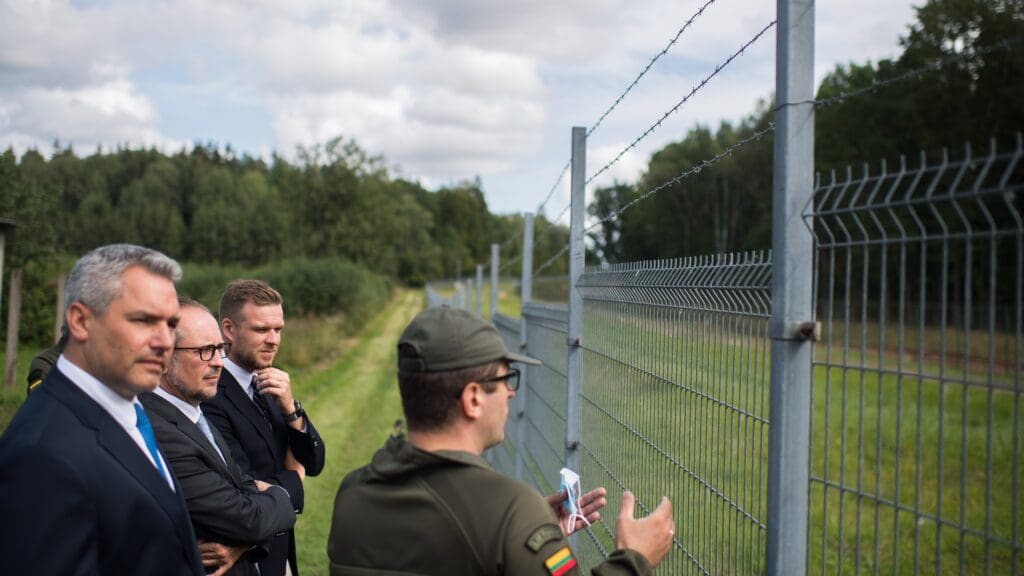
In 2012, Greece built a 12.5-kilometre fence (8 miles) at its border with Turkey in the Evros river valley. Another 40-kilometre (25 miles) barrier was completed in August 2021 in an area known as Maritsa and Meriç. In August 2022, Athens announced plans to expand it by an additional 220 kilometres (137 miles).
Bulgaria erected a 33-kilometre-long (20.5 miles) razor wire fence along the frontier it’s sharing with Turkey in 2014. The defencive structure was then extended progressively, reaching 235 kilometres (146 miles) in length by 2017.
Between 2015 and 2017, Hungary built 158 kilometres (98 miles) of fencing at its border with Serbia.
In 2015, Estonia announced its plans to build a 115-kilometre fence along its eastern border with Russia (construction started in 2018). By 2021, a permanent 25-kilometre (15.5 miles) steel fence was built, and a further 39 kilometres (24 miles) were under construction.
In 2015, Latvia started building a fence at its borders with Russia, 93 km of which were completed by 2019. In August 2022, the Latvian government announced plans to extend the fence to 148.8 kilometres (92.5 miles). In 2021, Latvia built a 37-kilometre-long temporary fence between itself and Belarus; work is ongoing to replace it with a permanent structure and extend it to 149.7 kilometres (93 miles) by 2024.
In 2016, Norway built a 200-metre-long (660 feet) fence at the Storskog border crossing point with Russia.
In 2021, Poland erected a steel wall 186 kilometres (122 miles) in length along its border with Belarus. The wall cut through several protected natural areas, including the old-growth Białowieża Forest, which sparked criticism from civil society. In October 2022, Finland announced plans to build a fence along (part of) its border with Russia, to prevent unauthorised border crossings.

